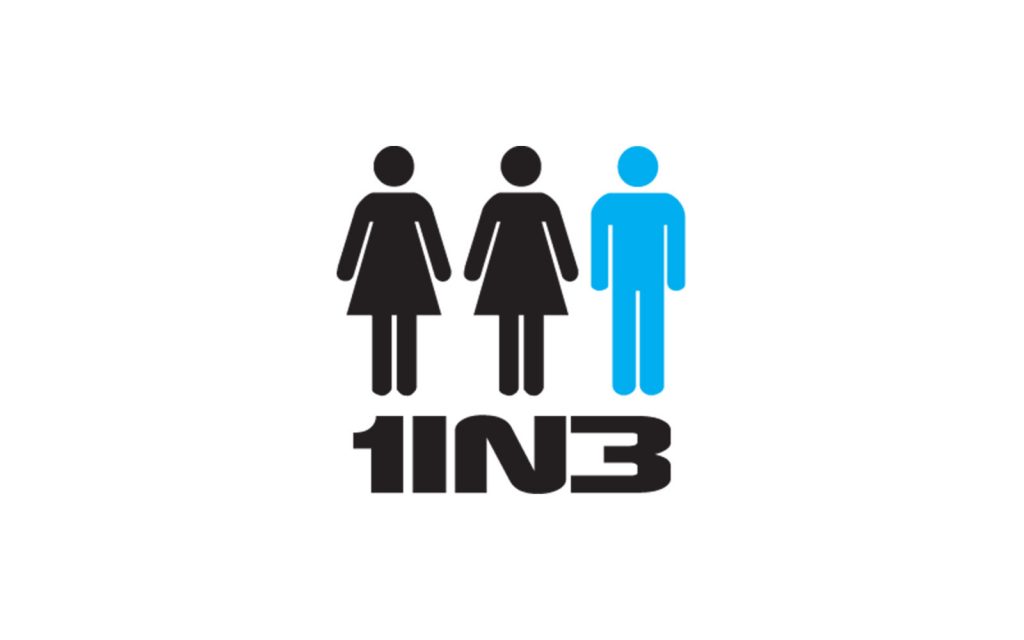Survivors of abuse in care celebrate ‘validating’ name change
For the men who survived “evil” sexual and physical abuse in a Catholic boys’ home in Christchurch, last week was the first time authority figures gave them a reason to…
The sexual harm helpline can be accessed free, 24 hours a day, 7 days a week by phone, text, website, online chat and email.
“Wednesday’s new ABS report revealed that, in the 12 months prior to the 2016 Personal Safety Survey, women and men were just as likely to report experiencing emotional abuse by a partner – otherwise known as coercive control,” says Greg Andresen, Senior Researcher with the One in Three Campaign, Australia’s national campaign to raise awareness of the existence and needs of male victims of family violence.

“One in Three is calling on the State and Federal Governments to conduct an urgent review into their domestic and family violence policies and funding so that the 380,000 men who experience emotional abuse each year can access the range of support services that are currently available to the 450,000 women in similar situations.”
Currently many services available to victims of family violence are denied to men on the basis of their sex, e.g. support groups, shelters/refuges, advocacy and support, safety planning and assessment, court support, legal aid and safe rooms. And many services that do purport to help male victims are trained to assume that men claiming to be victims of family violence are usually actually the perpetrator.
“We hope the Federal Government heeds the recommendations of the bipartisan report of the Inquiry into Family, Domestic and Sexual Violence, that the next National Plan be inclusive of the diversity of victim-survivors including women, children in their own right, men, older Australians, LGBTQI people, and people living with a disability. Furthermore that the Australian Government commission research into the prevalence and impact of family violence against men, and the Department of Social Services review the adequacy of advice and referral services for men as victim-survivors,” Mr Andresen said.
The new ABS report is backed by data from the Australian Institute of Family Studies’ Experiences of Separated Parents Study which found that fathers were statistically significantly more likely than mothers to report having often felt controlled or coerced after experiencing physical violence or emotional abuse since separation. When it came to severity, fathers were also more likely than mothers to report experiencing the highest level of fear, control and coercion that they felt arising from the focus parent’s behaviour since separation.
The report of the NSW Parliament’s recent inquiry into coercive control in domestic relationships tells the story of Craig, a male victim of coercive control:
Craig was hospitalised for two months for viral encephalitis. He had to re-learn how to walk, talk, eat, use cutlery and shower, and had to use a wheelchair. Craig’s wife refused to let him use a shower chair, telling him that ‘real men don’t sit in the shower’. He had to sit on the shower floor to wash himself. While he was on the floor, she would tell him: ‘Why don’t you do everyone a favour and kill yourself?’ She sharpened knives in the kitchen, threatening to stab him if he didn’t go back to work.
Craig’s wife slapped and punched him, and told him his family wanted nothing to do with him. When he called the NSW Domestic Violence hotline, he was unable to get any support because he was male. The only service offered to him was an anger management course.
When Craig left his wife, he was homeless, and forced to live in his car. Years later, he is now on a disability pension, and has remarried. However, his ex-wife’s emotional abuse has continued, including by repeatedly calling their children when they stay with Craig, and pressuring them to come home.
“It is our hope that men like Craig won’t be turned away from support services or presumed to be a perpetrator in the future, simply because they are male,” said Mr Andresen.